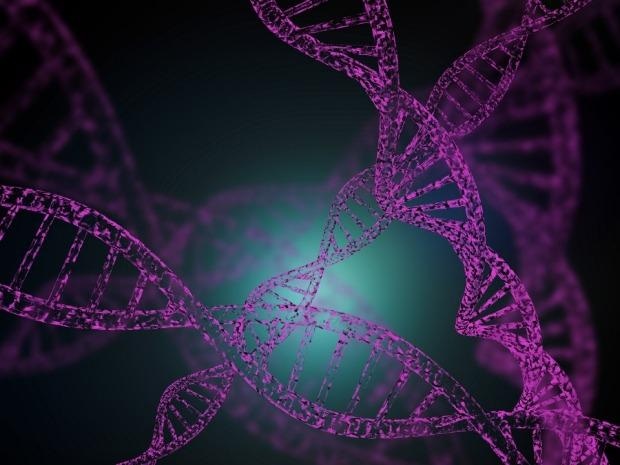A new study by a group of physicists shows how DNA molecules self-organize into adhesive patches between particles in reaction to assembly instructions. The study results provide a proof of principle for a novel way to create materials with well-defined connectivity between the particles.

Image Credit: EzumeImages/Getty Images.
The study has been published in Proceedings of the National Academy of Sciences.
We show that one can program particles to make tailored structures with customized properties. While cranes, drills, and hammers must be controlled by humans in constructing buildings, this work reveals how one can use physics to make smart materials that ‘know’ how to assemble themselves.
Jasna Brujic, Study Researcher and Professor, Department of Physics, New York University
For a long time, researchers have been seeking a means for the self-assembly of molecules and have achieved success on various fronts. But measures, where these tiny particles self-assemble with a preprogrammed number of bonds, are less developed.
To overcome this drawback, Brujic and her team, including Angus McMullen, a postdoctoral researcher in NYU’s Department of Physics, and Sascha Hilgenfeldt, a professor of mechanical science and engineering at the University of Illinois, Urbana-Champaign, performed a series of experiments to capture — and control — the behavior of DNA molecules on particle surfaces.
They operated at a micron level — with particles 1/25th the size of a speck of dust — and submerged small droplets into a liquid solution. “DNA linkers” — molecular tools with “sticky ends” that enable mixing and matching to form an array of structures preferred by the researchers — were attached to these droplets.
The beauty of this procedure is we can program the properties of a specific material, such that it could be elastic or brittle, or even have self-healing powers once broken, since the bonds can be made and broken reversibly.
Jasna Brujic, Study Researcher and Professor, Department of Physics, New York University
“Creators could decide to put in five particles that stick to only one other one, 10 that stick to two, and 20 that stick to three, or any other combination. This would allow you to build materials with specific topologies or architectures,” added Brujic.
The study was supported by the Materials Research Science and Engineering Center (MRSEC) program of the National Science Foundation (NSF DMR-1420073, NSF PHY17-48958, and NSF DMR-1710163).